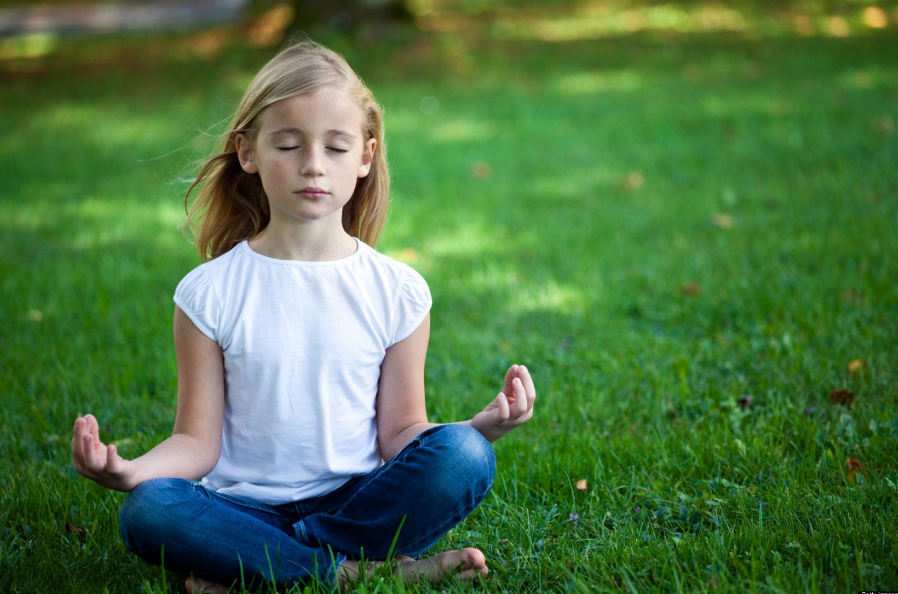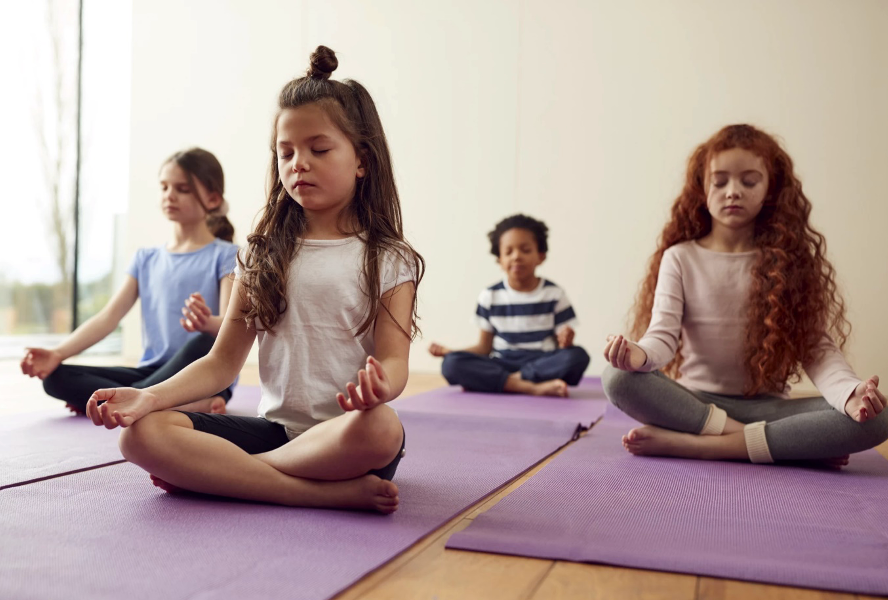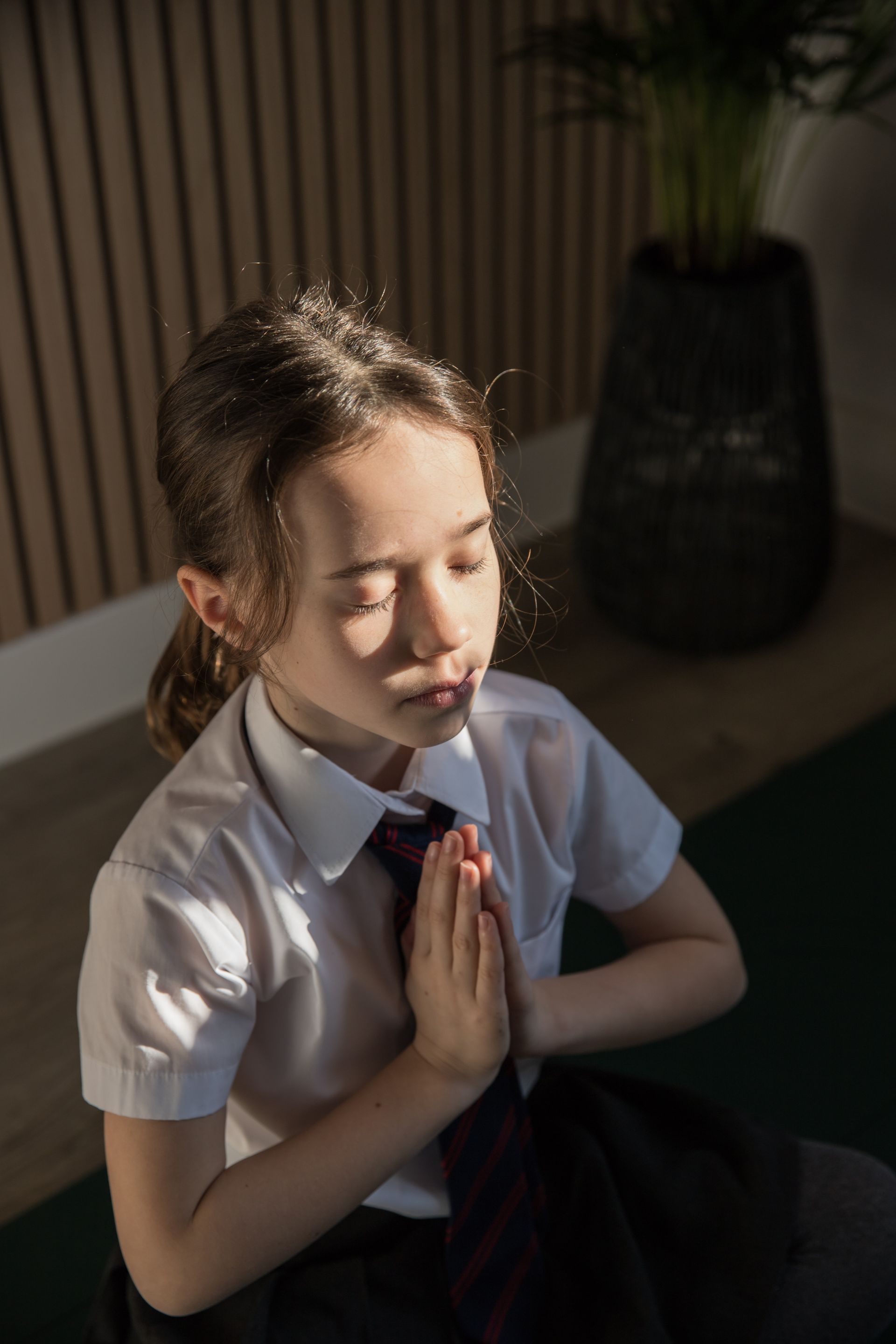The Role of Mindfulness in the Classroom: Fostering Focus, Resilience, and Well-being
In today’s fast-paced world, students face increasing levels of stress, distractions, and academic pressure. With the rise of technology and the demands of modern education, it’s easy for young minds to become overwhelmed. This is where mindfulness comes in - a simple yet powerful practice that can transform the classroom environment, helping students develop focus, resilience, and emotional well-being.
What is Mindfulness?

Mindfulness is the practice of being fully present in the moment, paying attention to thoughts, feelings, and surroundings without judgment. It encourages self-awareness, emotional regulation, and intentionality in actions. In the classroom, mindfulness can take many forms, from breathing exercises to guided meditation, mindful listening, and reflection practices.
Benefits of Mindfulness in the Classroom
1. Enhances Focus and Attention
With the constant buzz of social media and digital distractions, students often struggle with concentration. Mindfulness helps train the brain to focus on the task at hand. Simple techniques, like mindful breathing or body scans, allow students to develop greater awareness, improving their ability to pay attention during lessons and retain information more effectively.
2. Reduces Stress and Anxiety
Academic stress, peer pressure, and personal challenges can take a toll on students’ mental health. Mindfulness encourages relaxation and stress reduction by activating the parasympathetic nervous system, which helps calm the body and mind. Schools that incorporate mindfulness practices often report a decrease in anxiety levels and an improvement in overall student well-being.
3. Builds Emotional Regulation and Resilience
Students often experience frustration, disappointment, and other strong emotions in their academic and social lives. Mindfulness teaches them to acknowledge their emotions without reacting impulsively. This self-regulation skill is essential in conflict resolution, decision-making, and handling academic setbacks with resilience rather than frustration.
4. Promotes Positive Behaviour and Social-Emotional Learning
Mindfulness fosters kindness, empathy, and patience. By practicing mindful listening and reflection, students become more understanding of their peers’ perspectives. This helps reduce classroom conflicts, enhances cooperation, and creates a more inclusive and supportive learning environment.
5. Encourages a Growth Mindset
A mindful approach to learning helps students develop a growth mindset - the belief that abilities can improve with effort. By focusing on the present moment rather than fearing failure, students become more willing to take risks, embrace challenges, and learn from their mistakes without self-judgment.
How to Incorporate Mindfulness in the Classroom

1. Start with Short Breathing Exercises
Begin each class with a one-minute mindful breathing session. Encourage students to take deep breaths, focusing on their inhales and exhales. This simple practice can help centre their attention and set a calm tone for learning.
2. Use Guided Meditation or Mindful Storytelling
Play a short guided meditation or read a reflective story that encourages presence and awareness. Apps like Headspace, Calm, and Insight Timer offer free mindfulness exercises designed for students.
3. Introduce Mindful Listening and Speaking
During discussions, encourage students to listen attentively without interrupting. They can also practice mindful speaking by expressing themselves thoughtfully and respectfully.
4. Encourage Gratitude Journaling
A daily or weekly gratitude practice helps shift students’ focus from what’s stressful to what they appreciate. Ask them to write down three things they’re grateful for, promoting positivity and mindfulness.
5. Practice Body Awareness and Movement
Incorporate light stretching or yoga into the day to help students reconnect with their bodies. Movement-based mindfulness can be especially helpful for younger students or those with excess energy.
Mindfulness is more than just a trend - it’s a transformative tool that can help students navigate academic and personal challenges with greater ease. By integrating mindfulness practices into the classroom, educators can cultivate a learning environment where students feel focused, emotionally balanced, and ready to succeed.
As schools continue to prioritise students’ well-being, mindfulness stands out as an invaluable practice that benefits both the mind and the heart. Whether through a deep breath before a test, a moment of gratitude, or simply learning to pause before reacting, mindfulness has the power to shape more thoughtful, resilient, and compassionate learners.
Namaste x



